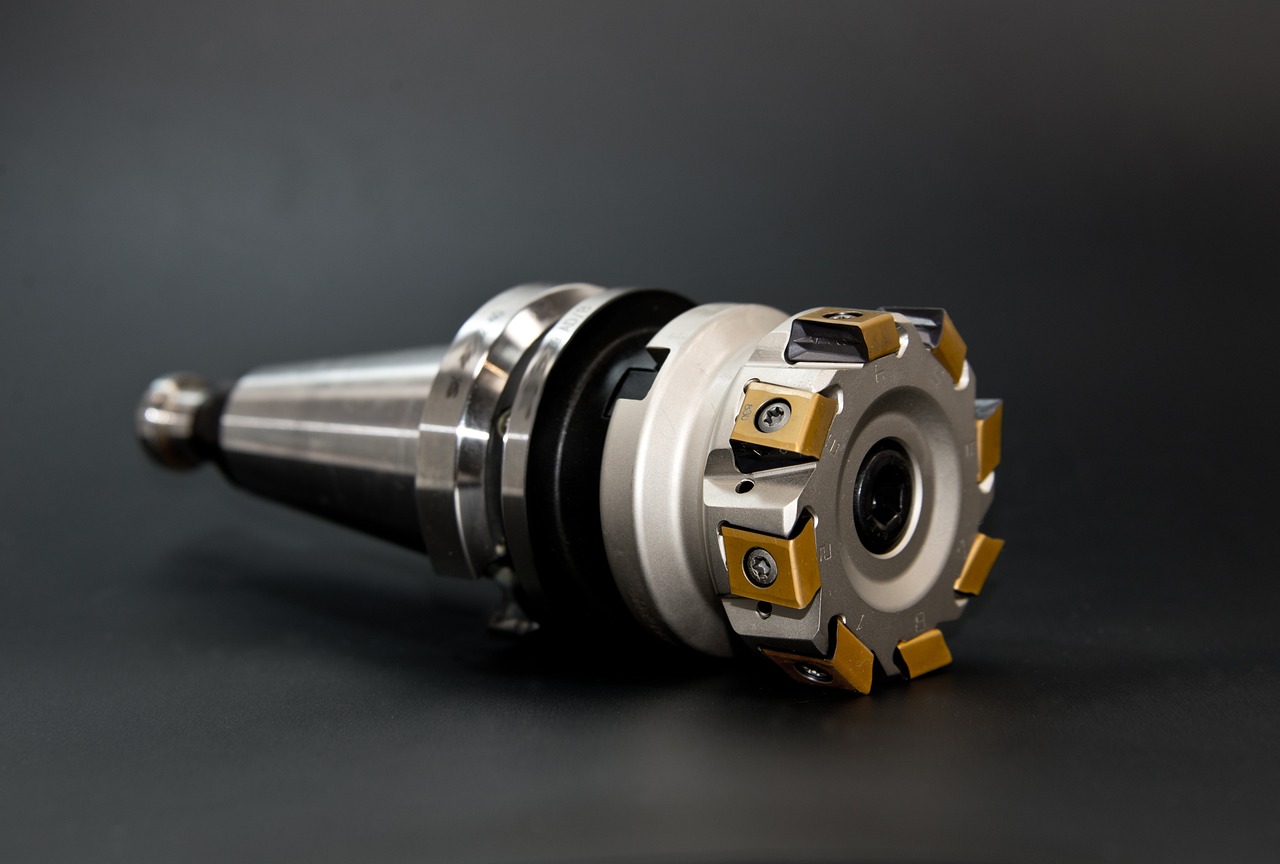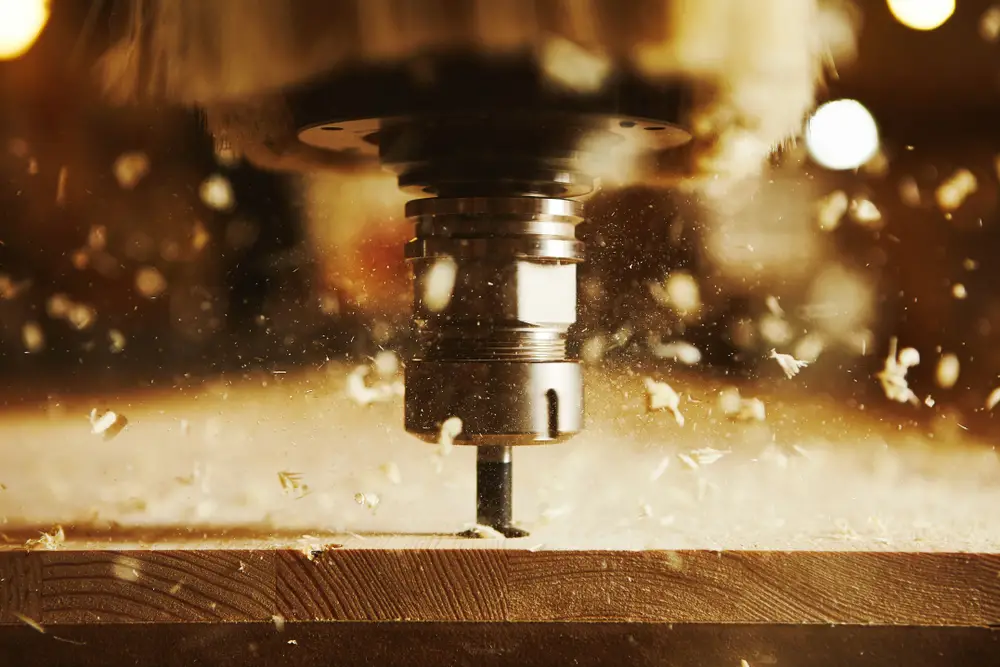Your Ultimate Guide to Choosing the Best Router Bits
So, you’re getting into woodworking and need to choose the perfect router bits for your projects? Well, you’ve come to the right place! In this article, we’ll break down everything you need to know about selecting the right router bits, from considering your budget to understanding the different factors that affect their performance. Let’s dive in!

Budget-Friendly or High-End?
When it comes to router bits, your decision will often depend on two main factors: your budget and the type of projects you’ll be working on. If you’re a professional woodworker or someone with ample resources, splurging on high-end bits might be a no-brainer. These top-of-the-line bits offer exceptional performance, longevity, and precision. However, if you’re an occasional woodworker or just starting out, middle-of-the-road bits can serve you well without breaking the bank.
Quality Matters
Now, let’s talk about carbide. Carbide quality is a crucial factor to consider when selecting router bits. Different grades of carbide are available, and higher-quality carbide generally offers a better finish and sharper cutting edges. However, it’s important to keep in mind that all router bits will eventually dull over time due to use. To determine the quality of carbide, you can refer to charts or seek technical information from reliable sources like Carbide Processors.
Body Quality of the Router Bits
Another essential aspect to consider is the body quality of the router bit. This includes factors such as proper machining, the type of steel used, coating, and rust resistance. Investing a bit more in name brand bits often ensures better quality in these areas. When a bit is well-machined, it will perform more smoothly and produce cleaner cuts. Additionally, a high-quality steel composition and a protective coating can enhance the durability and longevity of the bit, while rust resistance helps maintain its performance over time.
Performance and Safety Factors: Shank Length, Balance, and More
To achieve optimal performance and ensure your safety while using router bits, several factors come into play. Let’s take a closer look at them:
1. Shank Length and Balance
The shank length of a router bit is an important consideration, especially when working with thicker materials. A longer shank allows for a greater depth of cut and provides stability during operation. Additionally, a well-balanced bit minimizes vibrations, resulting in smoother cuts and reducing the risk of accidents.
2. Concentricity and Quality of Brazing
Concentricity refers to the alignment of the cutting edges with the center of the bit. A router bit with good concentricity will produce accurate and precise cuts. Additionally, the quality of brazing, which joins the carbide cutting edges to the bit’s body, affects the overall performance and durability of the bit. High-quality brazing ensures a secure bond that can withstand the demands of woodworking tasks.
3. Bearings and Attachment Bolts
Many router bits come with bearings, which act as guides to control the depth and direction of the cut. The quality and smooth operation of these bearings are crucial for achieving precise and consistent results. Similarly, the attachment bolts used to secure the bit in the router’s collet should be of high quality to prevent slippage or accidents during operation.
4. Anti-Kickback Design: Safety First
When working with larger router bits, an anti-kickback design becomes particularly important. Kickback occurs when the bit catches the material and forcefully propels it back towards the user. This can lead to serious accidents. An anti-kickback design helps to reduce the chances of kickback, providing a safer working environment.

Price vs. Quality: Don’t Judge a Bit by Its Tag
While it’s tempting to equate a higher price tag with superior quality, that’s not always the case when it comes to router bits. For example, Taiwanese-made bits from Leigh can feature exceptional Sandvik carbide, ensuring excellent performance despite their origin. On the other hand, products like MLCS bits made in China or Taiwan may lack clarity regarding the source of their carbide. Therefore, it’s essential to do your research and rely on trusted sources to make informed decisions about the quality of the bits you’re considering.
Cleaning and Maintenance: Keeping Your Bits in Top Shape
To ensure the longevity and optimal performance of your router bits and saw blades, proper cleaning and maintenance are key. Here are a few products you can use to effectively clean your router bits and remove pitch:
- CMT 2050 Bit & Blade Cleaner
- 409
- Simple Green Extreme
- Washing Soda
These cleaners are specifically designed to dissolve pitch and grime without damaging the bit’s cutting edges. Regular cleaning not only prolongs the life of your bits but also protects them against rust, ensuring they stay in top shape for future woodworking endeavors.
Conclusion
Choosing the right router bits for your woodworking projects requires a careful balance between your budget, project requirements, and the desire for high-quality performance. By considering factors such as carbide quality, body construction, performance features, and safety considerations, you can make informed decisions that will result in satisfying results. Remember to do your research, consult reliable sources, and take proper care of your bits to ensure they serve you well for years to come. Happy woodworking!
Check out our in-depth review of Amana Router Bits.


